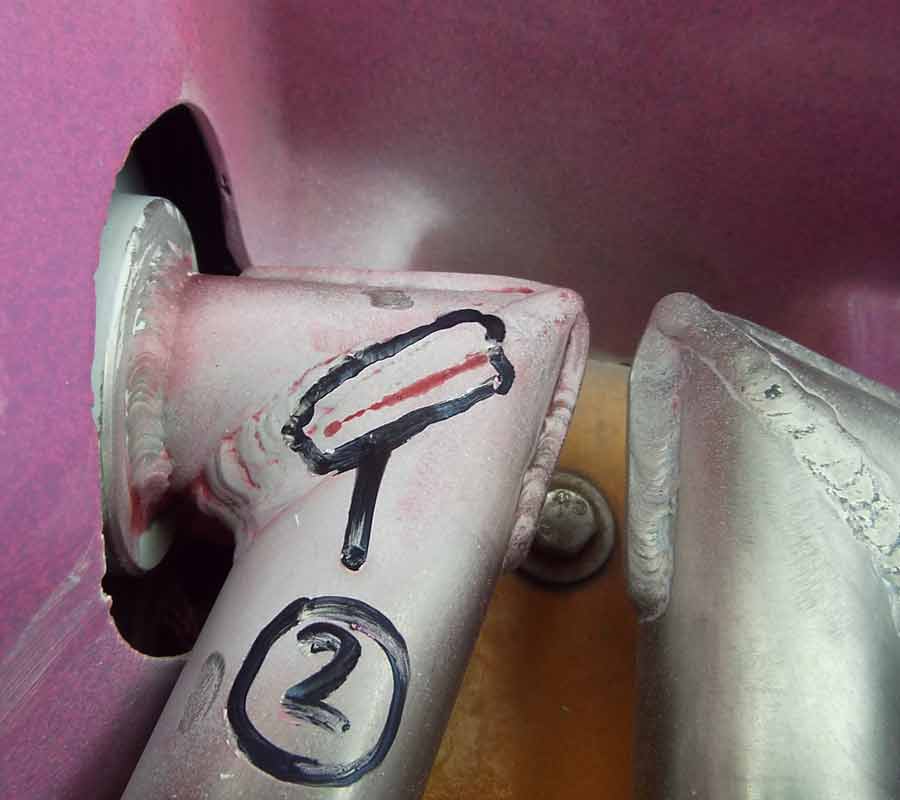Dye Penetrant Inspection
Dye Penetrant Testing, also known as Dye Penetrant Inspection, Liquid Penetrant Inspection, Penetrant Testing or Fluorescent Penetrant Inspection, is a method of non-destructive testing that is used to reveal any surface breaking flaws in all non-porous materials, regardless of size, such as metals, plastics and ceramics. Dye Penetrant Testing can also be applied to both ferrous and non-ferrous materials.
The Benefits Of Dye Penetrant Testing
- Instant results
- Cost effective
- On site inspection
- Water and solvent removable
- We also provide a U.V dip tank system
How can we help you?
Contact us today to find out how Capital NDT can help you with our wide range of non-destructive testing services.
What Dye Penetrant Testing Is Used For
This NDT process is often used to detect defects in forged, welded or cast components that suffer from a greater risk of surface flaws, such as cracking. Dye Penetrant weld inspection is a common service for our NDT team.
Capital NDT works with a wide range of industry sectors including Aerospace, Automotive, Energy & Gas, Construction and Engineering and we are able to provide Dye Penetration Testing both on-site or at our accredited laboratory. At our testing facility, we are able to use a U.V dip tank system to inspect batch quantities of machined parts and components.
Dye Penetrant Testing is also popular as it is extremely portable, making it highly convenient when testing on-site or for inspecting surface discontinuities.
How Dye Penetrant Testing Works
The Dye Penetrant Testing process is based on the ability of a liquid to be drawn into a surface-breaking flaw by capillary action.
The first step is to clean the component that is being tested before applying the penetrant. Then a visible or fluorescent dye that is either water or solvent-based is then applied to the surface of the component by a variety of applications including spraying, brushing, dipping or full immersion of the component into the penetrant dye.
During the penetration time, or dwell time, the coloured dye penetrates any surface breaking flaws that might exist in the component through capillary action. The length of the penetration time depends on the dye or penetrant that is being used.
Any excess penetrant is then removed from the surface of the tested component before it is dried. A developing agent is then applied. The developing agent draws the penetrant out of any surface breaking flaws and onto the surface in a reverse process of capillary action. This forms a visible indication that reveals any flaws in the component ready for a visual inspection and reporting.
Our inspectors then perform a visual inspection using either white light or ultraviolet light depending on the type of penetrant that was used. (White light for colour contrast penetrant and ultraviolet light for fluorescent dyes.)

NDT Services Available On Site Across The UK
Our skilled and experienced team of NDT engineers can carry out Dye Penetrant Testing on site across the UK or at our specialist facility in Colnbrook, just off the M25. Dye Penetrant Testing is often carried out alongside other NDT methods to provide our customers with a complete and comprehensive inspection service.
Our team of technicians are all qualified with industry recognised PCN (Personnel Certification in Non-Destructive Testing) in accordance with BS EN ISO 9712. Here at Capital NDT, we are also accredited with a number of well-known bodies, such as ADIPS.
For More Information On Our NDT Inspection Services
For more information on any of our non-destructive testing services contact our team by calling us on 01753 684 896
or by filling out our contact form:

